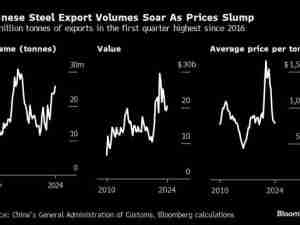The investigation should closely examine the regulatory conditions affecting US sales and trade of medical devices and equipment in Japan and other major foreign markets during the past five years, Thomas said. The probe should focus on the primary US device exports and compare Japan's regulatory conditions to other foreign markets for US-made devices.
The probe request is the result of issues raised at a hearing held last fall by the committee on US and Japanese economic and trade relations, which focused on regulatory and reimbursement policies affecting the US device industry in Japan.
"Japan's system for approving use of new medical technologies is the slowest and most costly in the developed world," Michael Mussallem, CEO of Edwards Lifesciences and chairman of Advamed's international board, told committee members at the hearing.
"Although Japan is one of the wealthiest countries in the world -- the second-largest economy in the world -- its spending on healthcare is among the lowest of major developed countries," Mussallem said. Japan is compounding the problem by imposing more burdensome and costlier regulations, he said. Lengthy approvals translate to higher costs for the US medical technology industry, which must maintain out-of-date product lines just for Japan, he added.
According to Advamed, even after creating a new agency in 2004 to process applications for devices, Japan had a backlog last February of more than 491 applications filed before April 2004. A problem for the new agency, according to sources, is the small staff reviewing the applications (about 40 officials), compared to the more than 700 people doing the equivalent job in the US.
(FDAnews Device Daily Bulletin)





